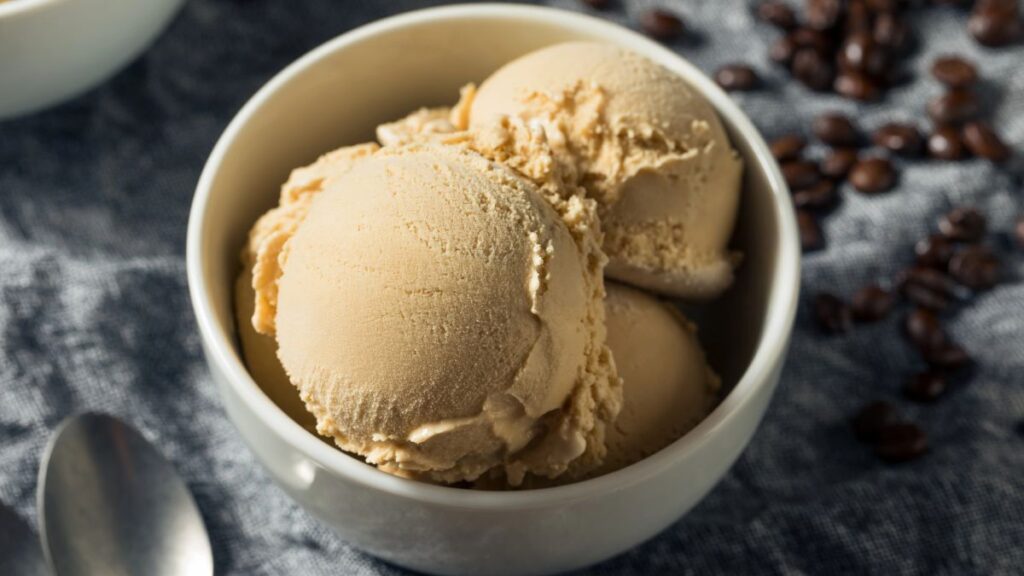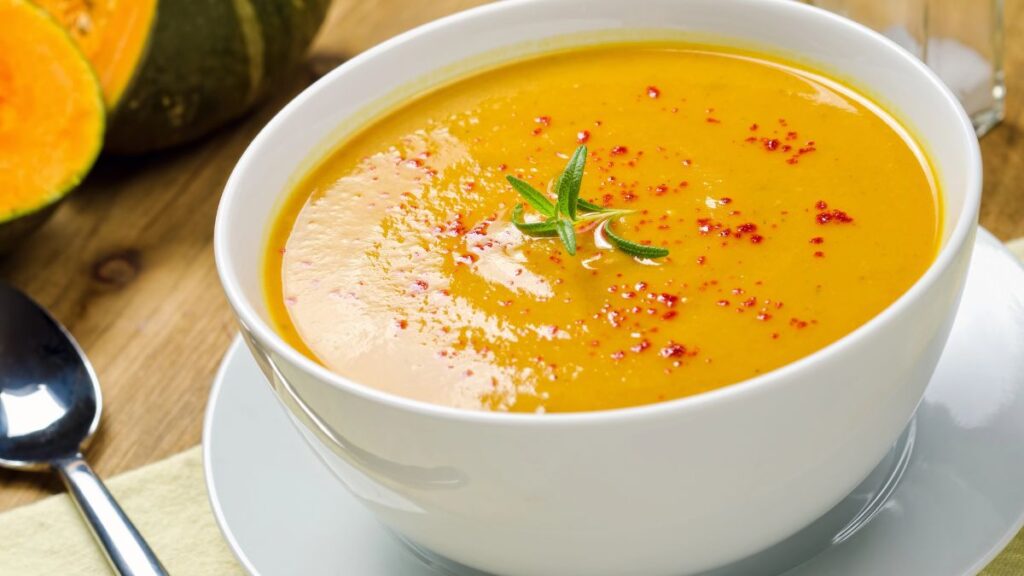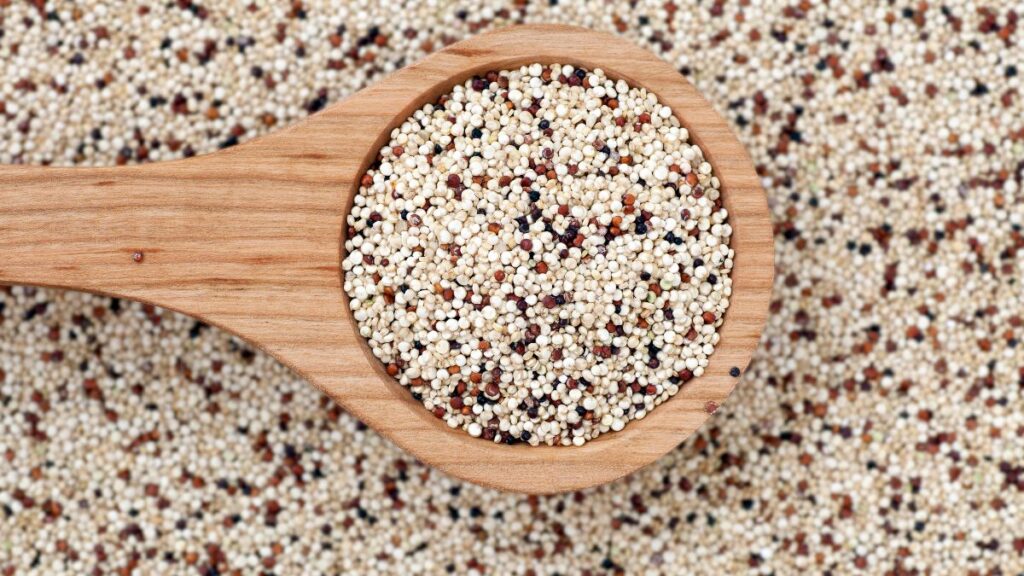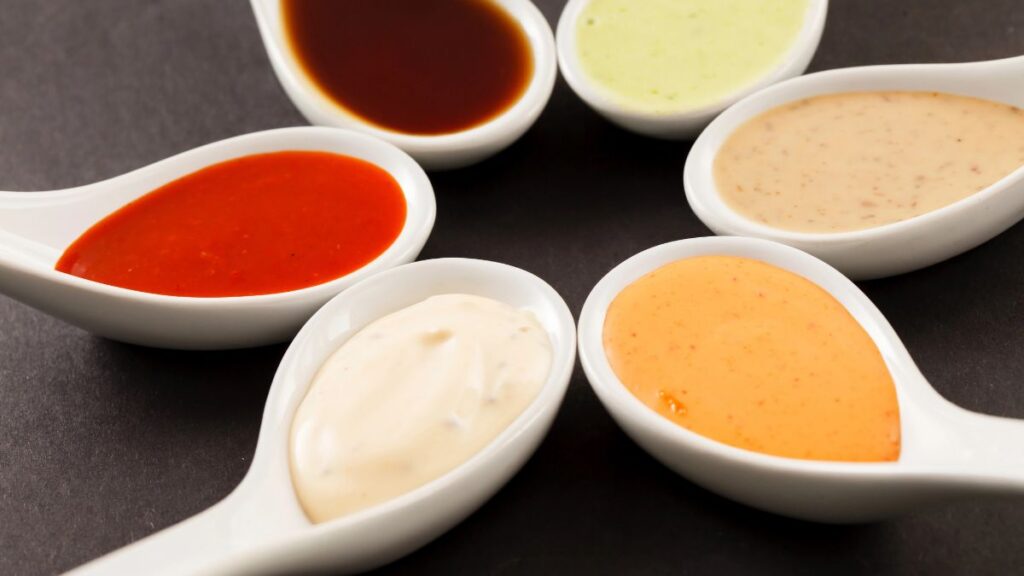The Rise of Tahini: How This Versatile Ingredient is Taking Center Stage
Tahini, a creamy paste made from ground sesame seeds, has long been a staple in Middle Eastern cuisine. While many associate it with hummus, tahini’s versatility goes far beyond dips and spreads. Its rich, nutty flavor and smooth texture have made it a favorite among chefs and home cooks alike, inspiring creative uses in both savory and sweet dishes.
As people explore global flavors and plant-based ingredients, tahini has stepped into the culinary spotlight like never before. Here’s a closer look at how tahini is transforming the food world and the many ways it’s being used today.
Tahini as a Spread

Tahini is becoming a popular alternative to nut butters like peanut or almond butter. Its creamy texture and subtle nuttiness make it perfect for spreading on toast or crackers. It pairs well with honey, jam, or sliced fruit for a quick, delicious snack.
Since it’s made from sesame seeds, tahini is also an excellent option for those with nut allergies. With its high protein and healthy fat content, it’s a nutritious and satisfying choice. As people embrace plant-based diets, tahini is showing up in pantries as a must-have staple.
A Star Ingredient in Salad Dressings

Tahini is a game-changer when it comes to salad dressings. Its rich, creamy texture eliminates the need for heavy creams or oils, making it a lighter yet indulgent option. When mixed with lemon juice, garlic, and a bit of water, it creates a tangy, velvety dressing that complements greens and roasted vegetables.
Chefs are also experimenting with global flavors, adding soy sauce, ginger, or even maple syrup for unique variations. The result is a dressing that’s both nutritious and flavorful. Tahini-based dressings have become a favorite in health-conscious kitchens.
Tahini in Smoothies

Blending tahini into smoothies is an easy way to add creaminess and a boost of nutrition. Its nutty flavor pairs beautifully with bananas, cocoa, or berries. For a protein-packed option, combine tahini with plant-based milk, dates, and a handful of oats.
Unlike dairy or nut-based creams, tahini is naturally vegan and allergen-friendly. It also contributes essential nutrients like calcium, magnesium, and healthy fats. As smoothies evolve into complete meals, tahini has secured its place as a go-to ingredient.
Tahini in Baking

Tahini is revolutionizing baking, adding depth and complexity to desserts. Its slightly bitter, nutty flavor balances out the sweetness in cookies, brownies, and cakes. Tahini is particularly popular in vegan baking, where it doubles as a binder and flavor enhancer.
It also pairs beautifully with chocolate, honey, or citrus, making it a versatile addition to any recipe. From tahini brownies to sesame-based cookies, it’s becoming a favorite among bakers looking for unique twists. This sesame paste is proof that desserts don’t have to be overly sugary to be delicious.
Tahini as a Sauce Base

Tahini shines as the foundation for savory sauces. By mixing it with garlic, lemon juice, and water, you can create a sauce perfect for drizzling over roasted vegetables, falafel, or grilled meats. Adding spices like cumin, paprika, or chili paste can take it to the next level.
It’s a healthier alternative to heavy cream or mayonnaise-based sauces. With its rich, umami-like flavor, tahini-based sauces elevate simple dishes into gourmet meals. Restaurants and home cooks alike are embracing this simple yet transformative sauce.
Tahini in Breakfast Dishes

Tahini is becoming a breakfast staple in many households. Drizzling it over oatmeal, yogurt, or pancakes adds a creamy, nutty touch. Mixed with honey or maple syrup, it creates a delicious topping for toast or fruit.
Its nutrient density also makes it a great way to start the day with energy and focus. Some people even stir tahini into coffee or tea for a creamy, latte-like experience. As breakfast trends shift toward nutrient-packed, plant-based options, tahini fits the bill perfectly.
Tahini in Ice Cream

Tahini is making waves in the world of frozen desserts. Its creamy consistency and unique flavor profile make it an excellent base for ice cream or gelato. It pairs wonderfully with ingredients like chocolate, honey, or halva for rich and decadent flavors. Vegan tahini ice cream is also gaining popularity, offering a dairy-free option that doesn’t sacrifice taste or texture.
The sesame flavor adds a sophisticated twist that appeals to adventurous dessert lovers. Tahini ice cream is a perfect example of how this ingredient is crossing into unexpected territory.
Tahini in Sauces for Noodles

Tahini is a fantastic addition to noodle dishes, especially in Asian-inspired recipes. When combined with soy sauce, ginger, garlic, and a splash of sesame oil, it creates a rich, creamy sauce that coats noodles beautifully. It’s a great alternative to peanut-based sauces, offering a slightly different but equally delicious flavor.
Tahini noodle bowls with vegetables and tofu are becoming a popular plant-based meal. The sauce’s versatility makes it easy to adapt to different cuisines and flavor profiles. It’s another way tahini is proving its global appeal.
Tahini in Soups

Tahini adds creaminess and depth to soups without the need for dairy. It’s particularly delicious in hearty soups like butternut squash, lentil, or cauliflower. A spoonful of tahini stirred in at the end of cooking creates a velvety texture and enhances the flavor.
Its nutty undertones pair well with spices like cumin, coriander, and turmeric. This makes it a popular choice in Middle Eastern and Mediterranean-inspired soups. Tahini’s ability to transform simple soups into luxurious dishes is winning over cooks everywhere.
Tahini in Dips Beyond Hummus

While tahini is most famously associated with hummus, it’s now used in various other dips. Blending it with roasted eggplant creates baba ghanoush, a smoky, creamy dip. Mixing it with yogurt, herbs, or roasted red peppers results in flavorful, unique spreads.
These tahini-based dips are versatile and pair well with vegetables, bread, or crackers. They’re also easy to customize with different spices and ingredients. Tahini is a key ingredient for anyone looking to elevate their appetizer game.
Tahini with Grains

Tahini is becoming a favorite addition to grain bowls and pilafs. Its creamy consistency complements quinoa, farro, or rice, adding richness and flavor. Drizzling tahini sauce over a bowl of grains, vegetables, and protein creates a balanced, satisfying meal.
It’s also an easy way to add plant-based fats and nutrients to your diet. Chefs are incorporating tahini into grain-based salads, combining it with citrus and herbs for a refreshing dressing. It’s a simple yet impactful way to elevate everyday grains.
Tahini in Marinades

Tahini is being used as a base for marinades, particularly for grilled vegetables and meats. Its creamy texture helps coat ingredients evenly, while its nutty flavor adds depth. When combined with lemon, garlic, and spices, it creates a marinade that tenderizes and flavors food beautifully.
It’s especially popular for chicken, tofu, and eggplant dishes. Marinades with tahini are easy to prepare and work well for both weeknight dinners and special occasions. This unexpected use showcases tahini’s versatility.
Tahini in Snacks

From energy balls to roasted chickpeas, tahini is showing up in an array of snacks. Its high protein and healthy fat content make it ideal for creating nutritious, portable treats. Mixing tahini with oats, nuts, and dried fruit creates delicious no-bake bites.
It’s also being used in granola bars and crackers as a flavor booster and binding agent. These snacks are perfect for people looking for clean, whole-food options. Tahini’s rise in the snack world highlights its adaptability and health benefits.
Tahini with Seafood

Tahini is being paired with seafood to create rich, flavorful dishes. It’s often used as a drizzle or sauce for grilled fish, shrimp, or scallops. Its earthy flavor complements the delicate taste of seafood, adding a unique twist.
Mixing tahini with lemon, garlic, and herbs creates a zesty sauce that enhances the natural flavors of the dish. This combination is particularly popular in Mediterranean and Middle Eastern cuisines. Tahini’s role in seafood dishes reflects its growing global appeal.
Tahini in Stuffed Vegetables

Tahini is being used to enhance stuffed vegetable dishes like stuffed peppers, zucchini, or eggplant. Drizzling tahini sauce over roasted vegetables stuffed with grains, meat, or legumes adds a rich, creamy finish. The nutty flavor of tahini pairs well with earthy spices and fresh herbs, creating a harmonious balance.
It also adds moisture and depth to these hearty, plant-based meals. Stuffed vegetables with tahini are becoming a go-to dish for vegetarians and meat-eaters alike. This creative use demonstrates tahini’s ability to elevate everyday recipes.
Tahini as a Dessert Topping

Tahini is making its mark as a unique dessert topping. Drizzled over ice cream, pancakes, or fruit, it adds a rich, nutty flavor that balances out sweetness. It pairs especially well with honey, chocolate, or caramel for an indulgent treat.
Tahini halva, a traditional Middle Eastern dessert, is also gaining popularity worldwide. This sesame-based sweet is often served with coffee or tea as a delightful end to a meal. Tahini’s ability to transition from savory to sweet is part of what makes it so special.
15 Grocery Items to Stock Up On Before Winter Price Hikes

As winter draws near, temperatures rise, as do grocery prices. The colder months often bring higher food costs due to increased demand, supply chain challenges, and seasonal shortages. To avoid the shock of winter price hikes, stock up on certain pantry staples and essential items.
15 Grocery Items to Stock Up On Before Winter Price Hikes
15 Budget-Friendly Foods to Stretch Your Paycheck

Living paycheck to paycheck can be challenging, especially when it comes to affording nutritious food on a tight budget. However, many affordable and nutrient-rich foods can help stretch your dollars without sacrificing your health.







